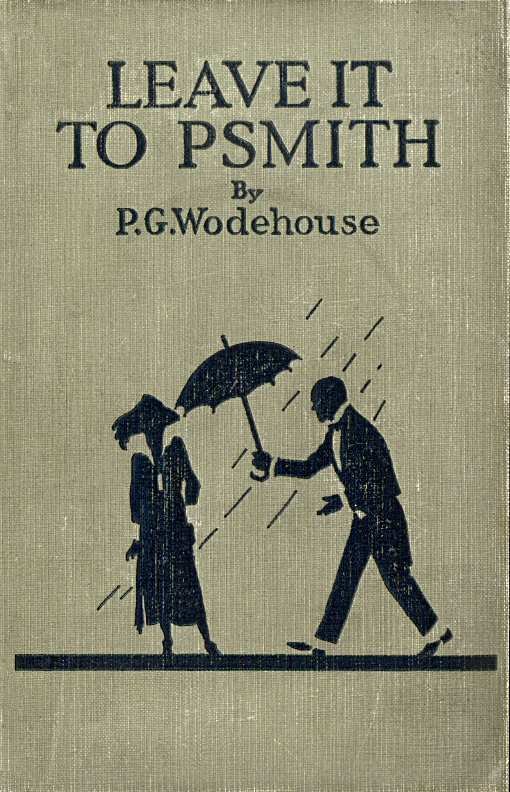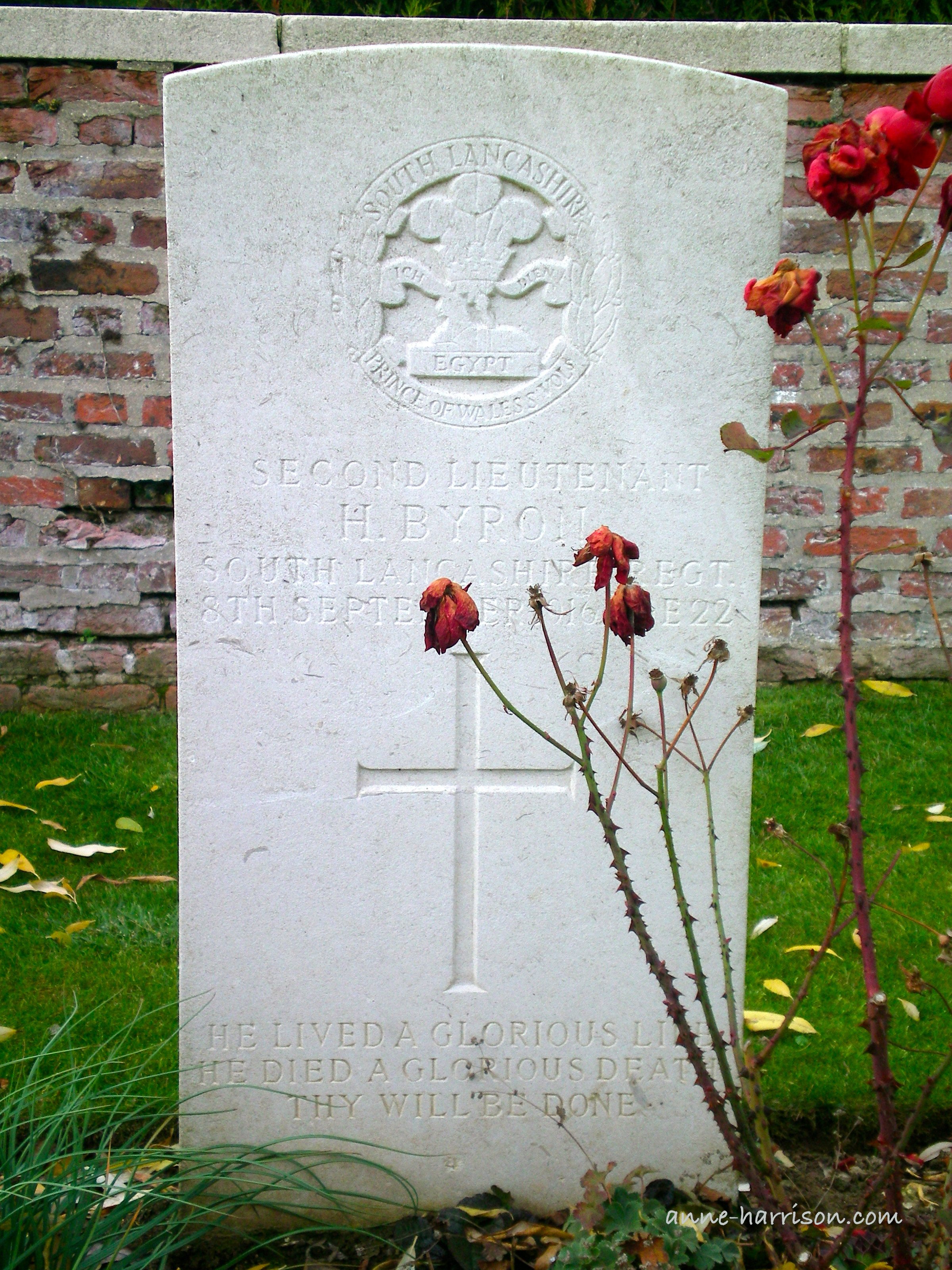Fantômas — A Review
“Fantômas.”
“What did you say?”
“I said: Fantômas.”
“And what does that mean?”
“Nothing… Everything!”
“But what is it?”
“Nobody…. And yet, yes, it is somebody!”
“And what does the somebody do?”
“Spreads terror!”
So opens the classic French crime novel, Fantômas.
Reading the novel, I often forgot the work was written in 1911 (and translated from the French in 1915). Fantômas is not a gothic villain but a modern serial killer, who shows neither remorse nor mercy for his victims (not even for his son). Violent in his methods, Fantômas is adept at psychological manipulation, and takes delight in his crimes. He is a sadistic sociopath easily recognised in the modern world of crime writing.
Yet as the New York Times then wrote, “One episode simply melts away as the next takes over…. Juve cleverly pursues him in speeding trains, down dark alleys, through glittering Parisian salons, obsessed with bringing the demon mastermind to justice”. James Joyce described the series simply as “Enfantômastic!”
Fantômas was created by two French writers, Marcel Allain and Pierre Souvestre. The character first appeared in the eponymous novel Fantômas. This proved so popular a total of 32 novels were written by the two (between them they produced almost a novel a month) from 1911 until the outbreak of WWI, with another 11 written by Allain after Souvestre’s death. Fantômas also made the leap into the world of movie (the first in 1913) television and comic books.
Fantômas influenced later detective / crime-writers such as Conan Doyle. The detective Juve misses nothing, and bases his success upon logical deduction. “That man hasn’t got eyes in his head, but telescopes, magnifying glasses! He sees everything in a second — even when it isn’t there!”
The influence can also be seen in the works of Agatha Christie, with her emphasis on the psychological makeup of both killer and victim.
The world of Fantômas is chaotic, fast paced, and not always resolved. A master of disguise, Fantômas always appears under an assumed identity — of varying ages and sex, and often taking on the identity of someone he has murdered.
Indeed Fantômas opens with the villain, in the guise of Etienne Rambert, framing his own son Charles for the murder of the Marquise de Langruen, who has been found hacked to death in a locked room. A chemically preserved corpse is later found in a steamer trunk destined for Africa — the corpse of the impeccable Lord Beltham. (Shortly before the novel opens Lord Beltham discovers his wife and Fantômas having an affair in Paris, and as a consequence is murdered by Fantômas.) The Princess Sonia is surprised in her bath and robbed by a suave man in a tuxedo.
Nothing apparently connects these crimes. Juve, determined to capture Fantômas, is the only one to make the connection and pursue the unknown and unidentified Fantômas. The opening of the novel gives no doubt of Fantômas’ powers; although Juve ultimately brings him to justice, Fantômas manages to escape and have another man guillotined in his place.
Fantômas’ evil genius runs rampant over the course of the ensuing novels. They were written for an early 20th century audience who had an insatiable appetite for the evil genius. Like Dumas’ earlier Count of Monte Cristo, Fantômas appears to have no goal other than causing chaos (and revenge) on those around him, and so predicts the arch-villains so popular later in the century, especially in the world of film. His murder techniques vary, and in true early 20th century style are often improbable and bizarre. The world of Fantômas is world of violent images, where evil is neither brought to justice nor defeated.
Much is left unresolved in the novel — probably more a reflection of the speed at which Fantômas was written than artistic intent. After nutting out a plot, Allain and Souvestre wrote separate chapters, which can explain the at times ragged narrative. For example, knowing the young Charles Rambert to be innocent, Juve gives him a false identity and a job in a newspaper — yet what will happen to him is never explained. The daughter of the Marquise de Langruen, so vividly present in the opening of the novel, makes a brief later appearance then seems to disappear. A scene set in the smoky bowels of a tavern comes from nowhere, nor is it explained how Juve knew Fantômas would be there. Just how he discovers the body of Lord Beltham in the trunk is also never quite explained.
For this reason, some view the series as a precursor to surrealism, although Allain and Souvestre set out merely to make a living when they began writing. Veterans of the pulp trade, they spent a week developing the plot, a week writing (each doing alternate chapters) and a week polishing the work into an (almost cohesive) whole. Yet with so many characters assuming false identities as they move through the anonymous layers of Parisian society, and so becoming real only when they become someone else, it is easy to see how the series appealed not only to all classes of society, but to movements such as surrealism, nihilism and anarchistic anti-heroes.
Fantômas and its successors proved popular across all aspects of society, largely for one good reason: it is a great read, with the pace of action covering any holes in the style or substance.
Enjoy my writing? Please subscribe here to follow my blog. Or perhaps you’d like to buy me a coffee? (Or a pony?)
Like my photos? - if you feel like contributing to my coffers, please click either here or on the link in my header to buy (or simply browse) my photos. Or else, please click here to buy either my poetry or novel ebooks. I even have a YouTube channel. Thank you!
Plus, this post may contain affiliate links, from which I (potentially) earn a small commission.






Anna Karenina is a novel entirely Russian, yet also modern, because of the depth of Tolstoy’s characters and how he develops them. For a work which encompasses such grand themes, the characters are all too human, trapped by the dictums and hypocrisies of their society. Many consider it the greatest modern novel.